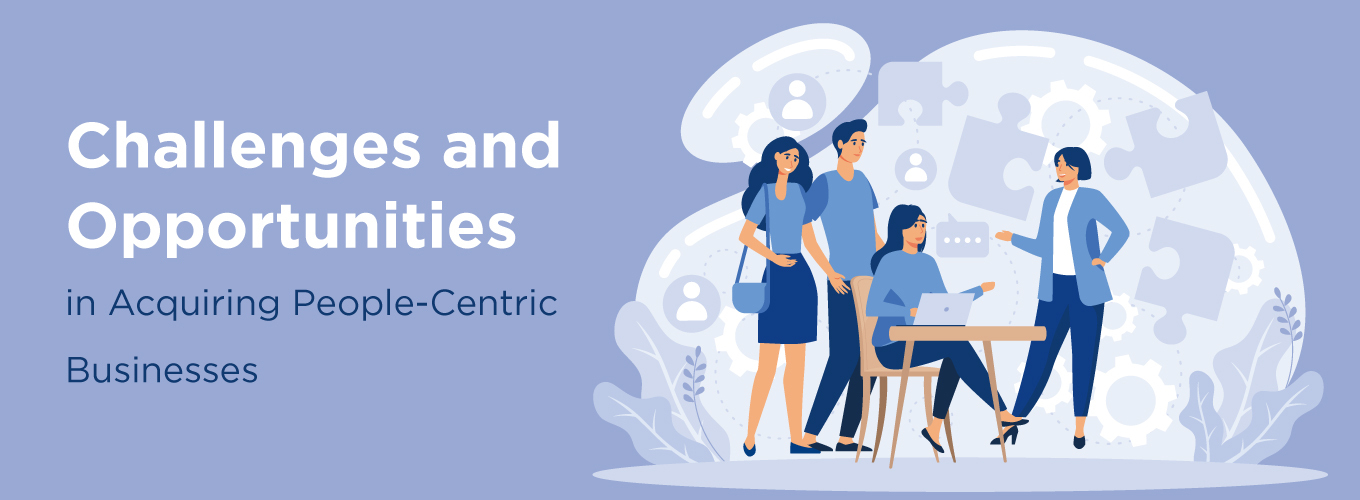The pandemic has brought in changes in our work world to such an extent that several companies have begun to question their old ways of working and are revisiting their old policies. It is a VUCA world and these uncertain times have made companies realize that employees are the most important asset of an organization.
Recently we have seen several mergers and acquisitions (M&As). All M&A transactions create a sense of ambiguity in the workforce and several pain points for customers. To mitigate this, it is very important that M&A take a people-centric approach.
What is People-centric?
A people-centric culture looks at the human being behind the job title. Every individual has a unique set of both personal and professional challenges. It is important for the company to recognize this and create an environment where people are enabled to do their best at work. In a people-centric environment, every manager must look to tailor their approach to every individual rather than follow cookie-cutter methods for management. In a people-centric environment, it is also important to have honest conversations with employees. These conversations need to be honest, open, structured, and accountable.
A people centric workplace will look at how to meet the needs of the employee and what benefit it could bring to the business. Companies must focus on coaching their managers to have honest conversations. They also need training to make people-centric decisions that enable their teams and help them have a good work-life balance. People-centricity must also be built into the performance management structure.
According to Anil Ethanur, Talent Specialist, CoCreating Xpheno
People centric M&As
- People-centric M&As prioritize employees and their well-being during deals.
- Employee turnover is a major challenge in mergers and acquisitions.
- Uncertainty about roles and responsibilities leads to employees feeling undervalued and frustrated.
- Job security concerns arise as redundant positions are eliminated during mergers.
- Employee retention is a crucial focus area in M&As.
- Meaningful employee engagement, such as conducting surveys, helps reduce turnover.
- Designating a person to focus on employee experience is important during acquisitions.
- Managing the expectations of different generations of employees is critical.
- Continuous communication with employees throughout the process is beneficial.
- Retaining key talent is essential for achieving the goals of the merger or acquisition.
- Training programs play a vital role in improving customer experience post-merger.
- Augmented and virtual reality technologies can enhance training programs.
- Customized learning based on individual needs demonstrates commitment to employee development.
Conclusion
Most people believe that “employee wellness” is key to brand strategy. However, in reality, only one in six people feels “humanly connected” at work. It is important to create a compassion-first culture while designing the various parts of the acquisition. Listening and understanding employees creates meaningful employee experiences. One must keep employee requirements at the forefront of the M&A plan to build trust and reduce fear.










